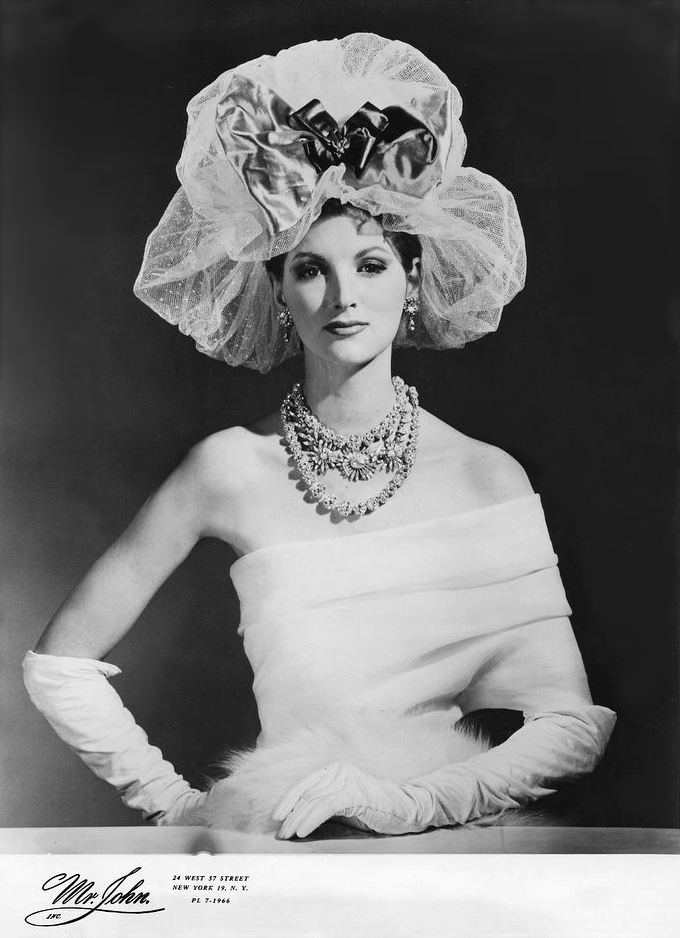Raised by a single working mother, I entertained myself after school at the library, pulling great stacks of photography books, books on fashion photography such as "Scavullo's Women" and books by Irving Penn, David Bailey, Horst, et cetera. I read every art book I could get my hands on. I even read whole sets of encyclopedias from Brittanica to the How-To library. I have always been almost pathologically image obsessed.
In a need to overcome adolescent boredom, I one day adventured into a sewing supply store, and walking past the spools of technicolor thread and endless skeins of yarn, I discovered a new library. On a large wooden table, there was one massive volume after another, laid out with names like "Butterick", "Simplicity", "Vogue", "McCalls"... a pattern book revelation!
In these volumes, there were drawings of cute, button nosed girls with dark eyes and high ponytails wearing frilly, fun dresses in crazy patterns and bell bottoms with t-shirts sporting slogan patches. All of the girls had tan skin, the color of butterscotch.
The Vogue pattern books were so elegant, with sophisticated ladies dressed in sharp looking suits and glittering gowns. They wore wild hats and big jewelry and had expressions on their faces of haughty dissatisfaction, as if they were thinking that they would rather be drinking champagne on a yacht.
These pattern books were full of endless fashion possibilities. One could look like a Disney princess or a hippie chick in a patchwork poncho and leather short-shorts. The illustrations for the most part were very accessible, not the flamboyant fantasies of a couturier designing dresses for only the gilded few. These were drawings of girls one could actually look like, a feat, of course much more easily accompished if your mother could sew.
Below is a fun Pop-Art romper that was made in Miami in the 1960s.
Below is a fantastic lime green sundress designed by Oleg Cassini in the 1960s.
Below is an adorable pink gingham party dress from the 1960s.












































